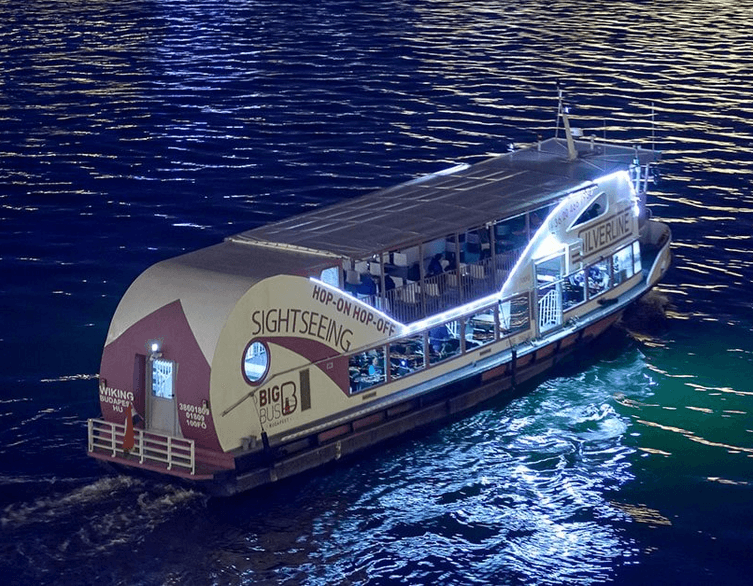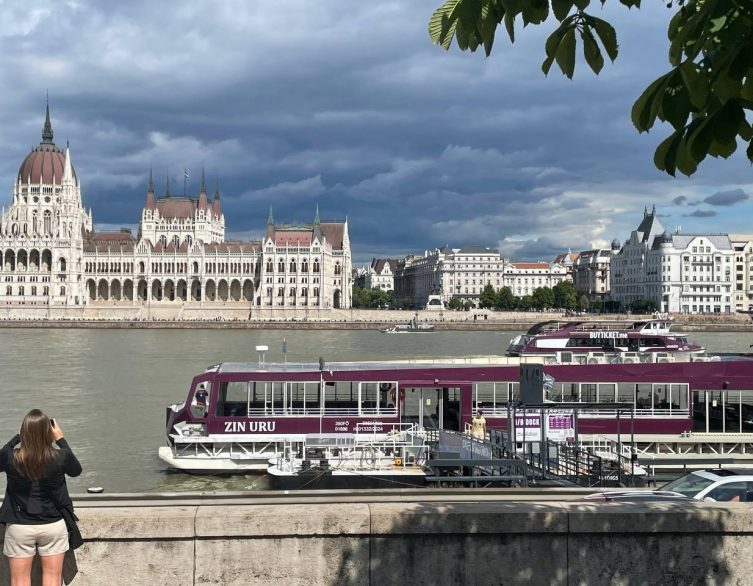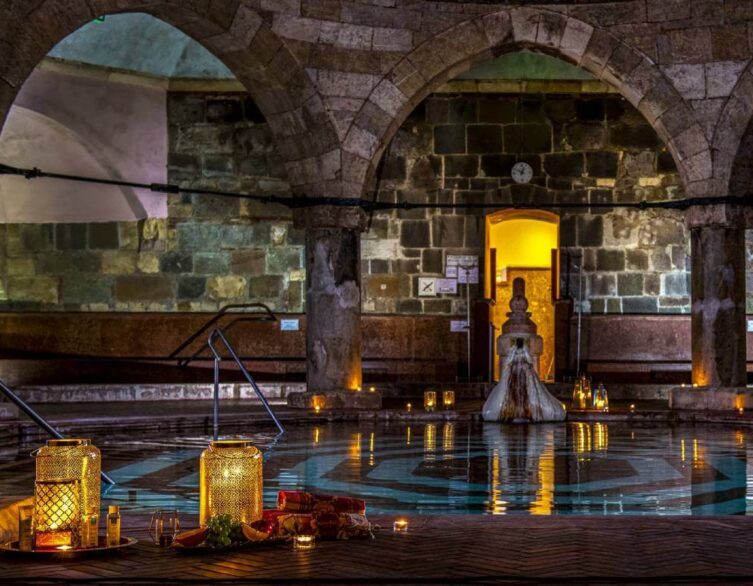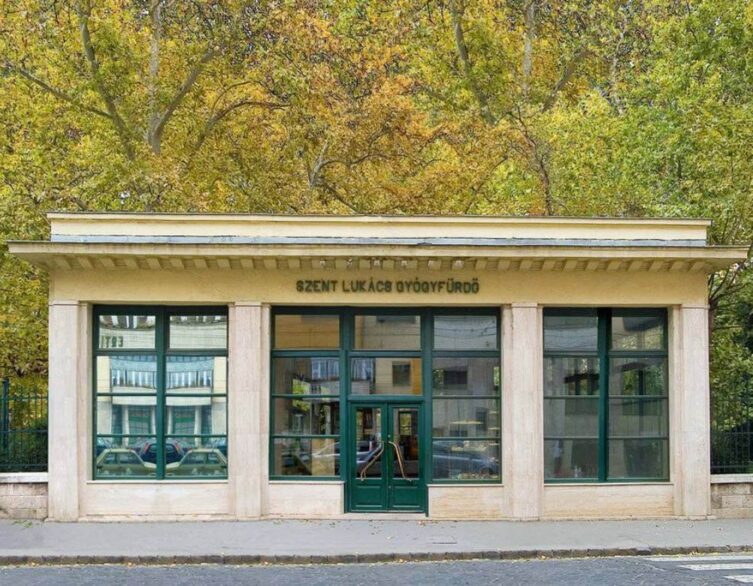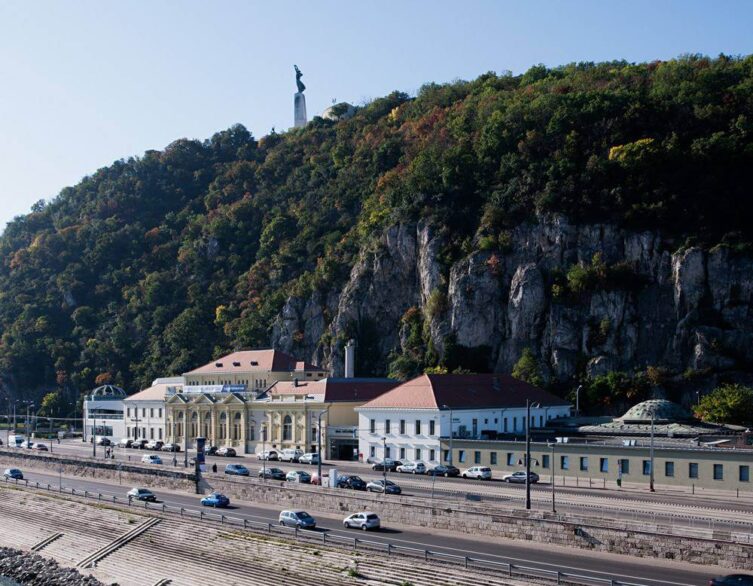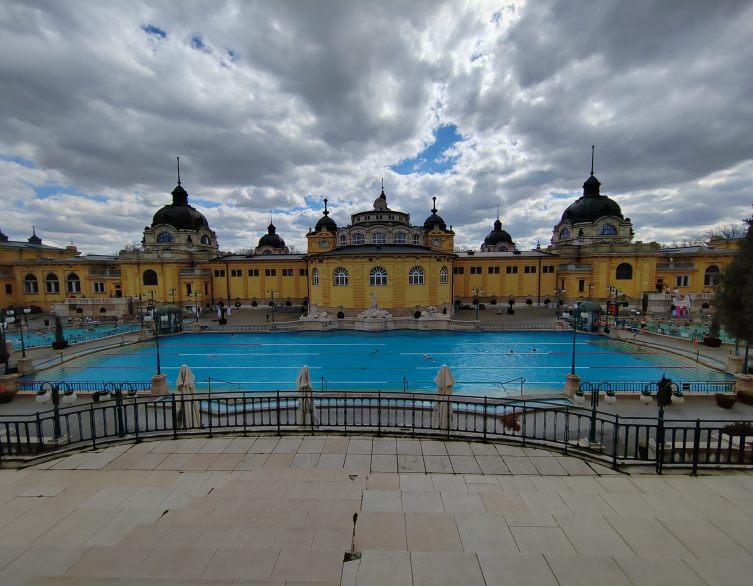Gellért Thermal Baths Renovation: Panoramic Danube Views and Restored Art Nouveau Splendor Coming 2028
Budapest’s beloved Gellért Baths will close its doors on September 30, 2025, marking the beginning of the most ambitious thermal bath renovation project in Hungary’s history. This iconic Art Nouveau masterpiece, which has welcomed visitors since 1918, is embarking on a comprehensive 20 billion forint restoration that promises to blend historical preservation with modern luxury.
Why the Historic Closure is Happening Now
The timing of this massive undertaking isn’t coincidental. The Gellért Baths haven’t undergone a complete renovation since the 1970s, making this restoration nearly fifty years overdue. The combination of thermal water, steam, and chemical pool treatments has taken its toll on the century-old infrastructure, creating structural concerns that can no longer be addressed with minor repairs.
The constant flow of international visitors has accelerated the wear and tear on this architectural gem. As one of Budapest’s most photographed locations, the baths have been serving approximately 420,000 guests annually, making it the second most popular thermal facility in the city’s portfolio. However, this popularity has contributed to the urgent need for comprehensive modernization.
What the Restoration Will Preserve and Transform
The renovation project represents a delicate balance between honoring the past and embracing the future. The historic Art Nouveau architecture will be meticulously preserved, with particular attention paid to the stunning Zsolnay tile work that adorns the male and female thermal pools. These ceramic masterpieces will either be carefully restored or recreated using original designs and archival research to ensure authentic colors and patterns return to the reception halls.
The project team has been working since late 2023 to ensure every detail respects the building’s UNESCO World Heritage status while addressing modern safety and comfort standards. The most significant structural change involves separating the hotel and bath infrastructure, creating clearer pathways for both guests and staff while reducing congestion in the historically cramped changing areas.
Exciting New Features Coming to Gellért
While preservation remains paramount, the renovation brings several exciting additions that will enhance the visitor experience. The most anticipated feature is a new panoramic sauna offering breathtaking views of the Danube River and the iconic Liberty Bridge. This addition will provide guests with a uniquely Budapest perspective while enjoying traditional thermal treatments.
The renovation also includes the creation of a dedicated sunbathing terrace in previously underutilized outdoor spaces, giving visitors more options to enjoy Budapest’s pleasant weather during spring and summer visits. Perhaps most exciting for longtime Gellért enthusiasts is the return of the famous wave pool, which has been inactive for four years due to structural limitations. This beloved feature will be completely rebuilt with modern technology while maintaining its classic appeal.
Best deals of Budapest
Timeline and What It Means for Your Budapest Visit
Construction is scheduled to begin in late 2026, with the grand reopening planned for late 2028 or early 2029. This three-year closure represents a significant period in Budapest’s thermal bath landscape, but the wait promises to be worthwhile. The restored Gellért will accommodate nearly 1,100 guests during summer months and 650 during winter, ensuring comfortable capacity for international visitors.
The renovation incorporates sustainability principles throughout, including energy-efficient systems and improved thermal water and heat utilization. These environmental considerations align with Budapest’s commitment to sustainable tourism while reducing long-term operational costs.
Alternative Thermal Bath Experiences During Closure
International visitors planning Budapest trips during the closure period have several excellent alternatives. The nearby Rudas Baths offers a similarly historic atmosphere with its Ottoman-era Turkish pools and modern wellness facilities. The rooftop pool at Rudas provides stunning city views and operates year-round, making it particularly appealing during winter visits.
The magnificent Széchenyi Baths in City Park remains Budapest’s largest thermal complex, featuring outdoor pools that create magical steam clouds during cold weather. For those seeking a more intimate experience, the Lukács Baths provides a locals-focused atmosphere with excellent thermal pools and spa services.
Investment and Long-term Impact
The 20 billion forint investment represents one of Hungary’s largest heritage preservation projects in the tourism sector. Budapest Spa and Hot Springs Ltd. estimates an eight-year return on investment, which is remarkably fast for heritage restoration projects of this magnitude. The project requires significant financing, including loans, but demonstrates the city’s commitment to maintaining its position as Europe’s premier thermal bath destination.
This massive undertaking reflects Budapest’s understanding that thermal tourism generates substantial economic benefits while preserving cultural heritage. The renovation ensures that future generations of international visitors will experience the Gellért Baths in their full glory, combining historical authenticity with modern comfort and safety standards.
The temporary closure of such an iconic attraction certainly impacts Budapest’s tourism landscape, but it represents an investment in the city’s long-term appeal to international visitors seeking authentic thermal experiences in historically significant settings.














